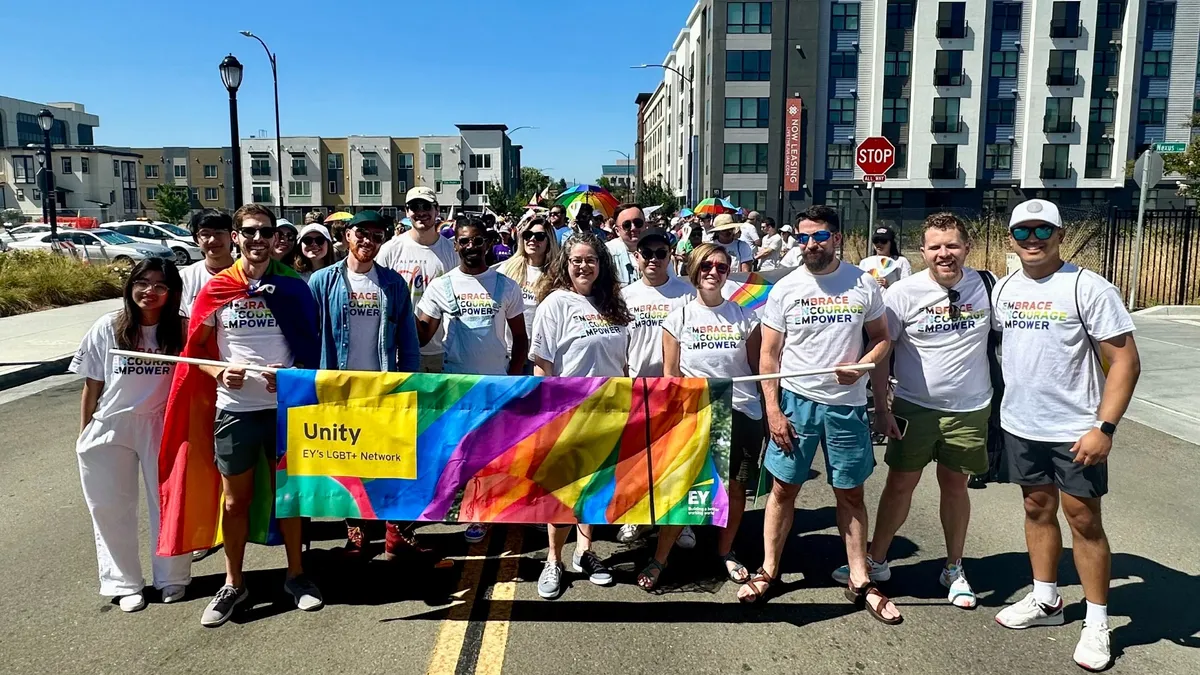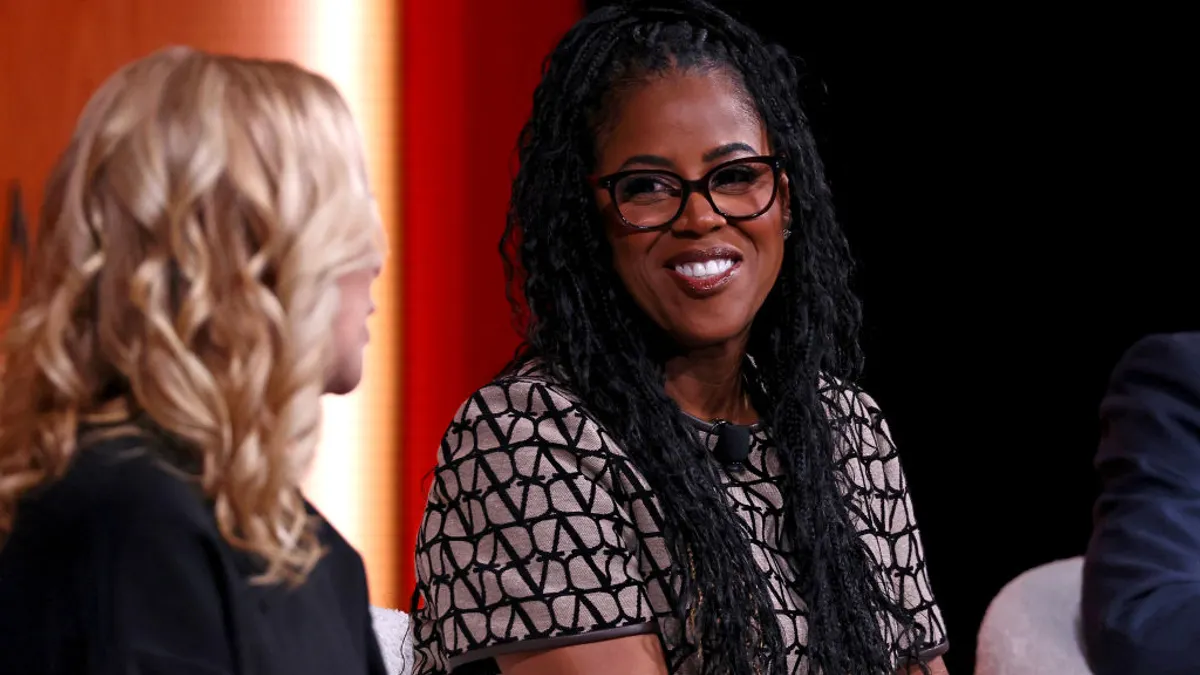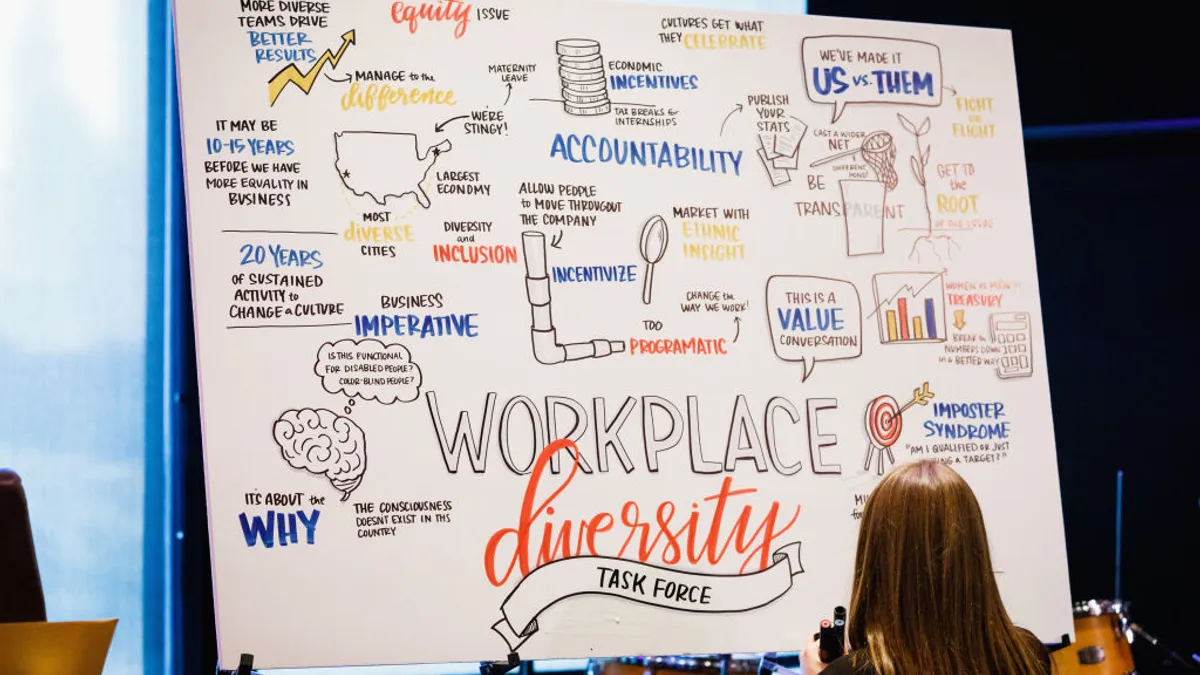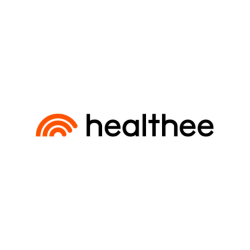Mitch Berlin, is EY Americas vice chair — strategy and transactions and executive sponsor of Unity.
Today in the U.S., nearly 14 million adults — and counting — are LGBTQ+. This population continues to grow rapidly in part because Gen Z people (born between 1997 and 2012) are nearly six times more likely than their Gen X counterparts to identify as LGBTQ+. Further, Gen Z is set to make up 30% of the US workforce by 2030, bringing deeply held core values around geopolitics, identity, social equity and other key issues that often diverge sharply from the beliefs of older generations.
These statistics highlight a major generational and societal shift that has the potential to create a significant disconnect for companies that don’t engage the growing a Gen Z LGBTQ+ workforce. Failing to address the needs of LGBTQ+ populations could mean missing out on a talent pool of millions workers.
As such, it’s clear that prioritizing LGBTQ+ engagement and retention is more than just a moral imperative; it’s also a strategic business necessity. But when it comes to companies’ collective progress on LGBTQ+ inclusion, employers are barely passing the mark. The 2024 EY US LGBTQ+ Workplace Barometer, a survey of 500 full-time LGBTQ+ corporate employees, revealed that Gen Z LGBTQ+ workers give their organizations’ inclusion efforts an average of C+, compared to a B grade among older generations — and these younger professionals are three times more likely than their older counterparts to say that they are “unsure” about their organization’s LGBTQ+ initiatives.
It’s crucial for companies to better understand the sentiments and aspirations of this critical segment of the workforce, or risk losing out on top talent. Below are some key strategies that can help HR leadership teams truly move the needle on deepening their focus on LGBTQ+ inclusion, visibility and engagement.
Build a culture of inclusion and belonging.
EY’s survey shows inclusive workplace environments are a baseline expectation for young LGBTQ+ workers — a whopping 97% of LGBTQ+ workers who rated their organization’s inclusion efforts favorably intend to remain with their employer for another year. By contrast, just 38% of those who rated these experiences poorly expect to stay with their employer for the next year.
And amid growing focus on intersectionality (the recognition that multiple forms of discrimination can exist simultaneously and often overlap) within the LGBTQ+ community, HR leaders must also consider the perspectives of racially and ethnically diverse LGBTQ+ people.
As an out gay man, the topic of inclusion is very important to me both professionally and personally. Since joining my firm and rising through the ranks of the organization as a proudly out professional, I knew that I didn’t want to have to manage two identities. I was determined to live authentically as an out professional and demonstrate that you can bring your entire self to work and still be recognized and rewarded for a job well done.
All LGBTQ+ employees are entitled to psychological safety (i.e., the ability to speak up without risk of punishment or humiliation for raising ideas, questions, concerns or mistakes). And it requires HR leaders to take a proactive approach and set the tone at the top by actively listening, learning, offering support and taking decisive action.
Create or amplify LGBTQ+ business resource groups.
In my experience as the executive sponsor of our firm’s LGBTQ+ BRG, Unity, these groups provide a powerful community that enables members to pursue impactful networking and mentorship opportunities that enhance their sense of belonging and psychological safety.
Establish LGBTQ+ allyship programs for the broader workforce.
These initiatives engage and educate everyone on truly seeing and supporting LGBTQ+ colleagues across intersectional identities.
Offer inclusive benefits that attract and retain top LGBTQ+ talent.
Domestic partner benefits, stipends for adoption and other pathways to parenthood, and health care plans that provide competent care for the transgender workforce are a few leading strategies.
Enhance reporting and accountability practices.
Establish LGBTQ+ self-identification to enable reporting and analyzing employee data in comparison with non-LGBTQ+ data for trends or gaps. Codifying organizational protocols that address harassment and discrimination of LGBTQ+ workers while also ensuring anonymity, protection from retaliation and clear procedures for addressing claims will be essential.
Develop more inclusive recruitment strategies.
Key actions include providing statements on your organization’s commitment to LGBTQ+ inclusion in job postings and leveraging more diverse interview panels.
Engage with LGBTQ+ organizations.
Supporting communities strengthens your company’s visibility, networking and opportunities for engaging candidates and business.
The imperative for greater inclusion in the workplace has never been greater. HR leaders have both a responsibility and an opportunity to rise to this challenge and lead the way in shaping a more inclusive future for their LGBTQ+ workforce. By cultivating an environment where everyone feels comfortable to be their authentic selves and offering the right resources to help them thrive, leaders aren’t just embracing and living their organizations’ values; they’re also harnessing top talent, reducing millions in turnover costs and building a more resilient, innovative and competitive business for years to come.





















